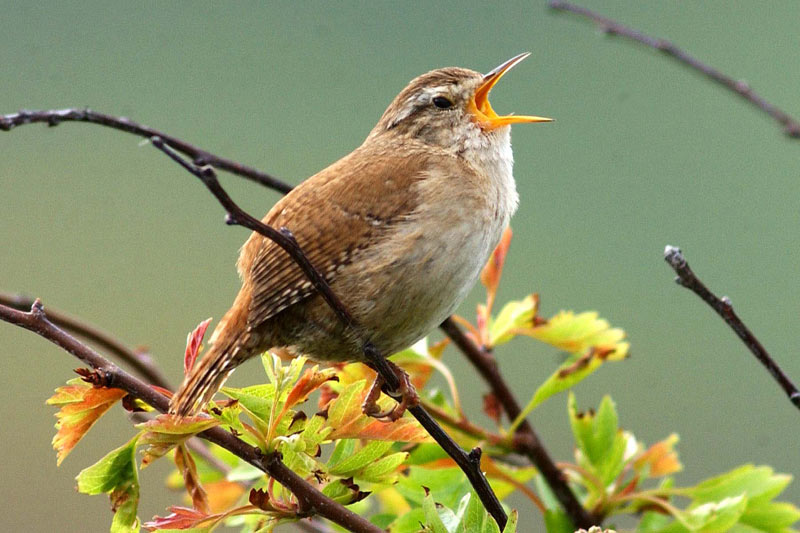

I personally have seen nine of these species over the years as my husband and I do a lot of traveling. However, did you know that there are ten types (species) of wrens found in North America. Most people only know about the House Wren which is a common backyard bird throughout most of the United States and into Canada. Sometimes that is the only way that you know they are there as they can be pretty secretive birds. They are those cute little birds that announce their presence with their loud boisterous singing or calls. The Wren was sometimes targeted for having ‘betrayed’ the Irish to their enemies, the boys who captured and paraded the bird being rewarded with cakes and sweets by other villagers.Don’t you just love wrens. One common tradition in Ireland (and elsewhere) was ‘hunting the Wren’ in which a group of boys would seek out and capture a Wren, sometimes keeping it alive, sometimes killing it, but invariably parading the unfortunate bird around the village. There is a surprising amount of folklore surrounding the Wren, some of which was still active until fairly recently. This behaviour is easily overlooked, the birds typically arriving shortly after dusk and departing before first light. Most roosts contain just a handful of birds but up to 60 Wrens have been recorded in a single nest box. Despite this territorial behaviour, individuals may come together at night to roost communally some in a nest box or roosting pouch, while others make use of a natural cavity. These are often located in damp habitats, such as reedbeds, where there are usually some insects and spiders to be found.

Small size and an insectivorous diet makes winter a challenging time for the Wren, which is the reason why individual Wrens establish and maintain territories outside of the breeding season. Wren winter relative abundance 2007-11 (Select to enlarge). Larger bodied individuals can potentially carry more body fat and have what is known as a ‘thermal advantage.’ Information collected by bird ringers reveals that Wrens living in the south-west (the warmest region in winter) had a body mass that is roughly 5% lower than that recorded in east Scotland (the coldest region). Wrens living in the north of Britain are more resilient than those in the south. The research found that there is a close correlation between the historic regional climate and the degree to which the population is resilient to severe winter weather. We know that severe winter weather can have a dramatic impact on Wren populations, causing numbers to collapse, but we didn’t realise that each Wren population is closely adapted to its local climate. Research by BTO, working in collaboration with the University of East Anglia, revealed that Wrens vary in their resilience to winter weather depending on where in Britain they occur. Interestingly, these forms appear to have evolved rather rapidly, certainly since the last ice age. That we should have so many races underlines that this is a species that is rather sedentary in habits. A fifth indigenus is found across the northern and western mainland, intergrading with a sixth, troglodytes, in the south-east of England. Six subspecies of Wren are known from Britain and Ireland, four of which are island races, found on Shetland ( zetlandicus), Fair Isle ( fridariensis), St Kilda ( hirtensis) and the Outer Hebrides ( hebridensis).


 0 kommentar(er)
0 kommentar(er)
